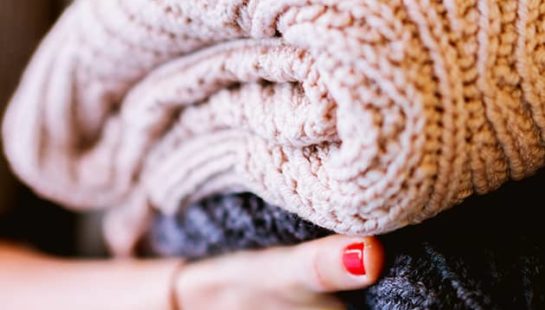What Is Sustainable Living?
Can we be real? Having a family is a joyful but busy and sometimes stressful, time of life. Perhaps you want to do more for our planet, but wonder how to create change, or prioritise your time and efforts.
You might not see yourself as an environmental activist (yet!), but recent research conducted by the Australia Institute found that 75 per cent of Australians are concerned about climate change. While Australian households aren’t responsible for large carbon emissions produced by sectors like energy, manufacturing and agriculture, the small, sustainable choices we make each day have a cumulative effect, and can be some of the most powerful activism you can undertake in support of the planet.
As parents, you are caretakers—caretakers of your children, caretakers of your home. But what about being caretakers of our planet? Making more sustainable choices as a family fosters an attitude of gratefulness to God for creation and all that God gives to sustain us. It’s taking responsibility for our impact, and preserving the planet for our children and generations to come.
How Do We Start Living More Sustainably?
Family life is a juggle of children, work, physical health, the home and social activities—and sometimes parents even get to sleep! The good news is that becoming more sustainable isn’t something that happens overnight. It’s an everyday, mindful practice that leads to incremental change. We don’t need a small number of families doing sustainability perfectly. We need millions of families doing their best to make changes that have collective impact.
We don’t need a small number of families doing sustainability perfectly. We need millions of families doing their best to make changes that have collective impact.
Here are some things for you to try and implement with your family. These suggestions aren’t a fixed pathway to success, but simple, inexpensive ways to start making a big difference to the planet.
For Little Ones:
- Grow herbs, fruit and vegetables. You can start small with herbs on your balcony or window-sill.
- Use a cup when cleaning their teeth to avoid wasting water.
- Read books and listen to music that grows their awareness of our responsibility for protecting the planet. Some books I read with my children include Wonderful Earth by Nick Butterworth and What a Waste by Jess French. We also listen to the songs Plastic by Teeny Tiny Stevies and Every Little Drop by dirtgirl.
- Encourage upcycle crafting instead of using virgin microplastics like glitter.
- Teach them how to use the half/full flush function on a toilet to reduce water use.
For Older Kids:
- Create a rubbish and recycling sorting area in your home with a variety of bins to maximise recycling and minimise landfill waste.
- Walk or ride bikes to school.
- Make an ‘eat first’ basket so that food approaching its used-by date is eaten before it goes to waste.
- Encourage your kids to give and request experiences over more ‘stuff’.
- Take them shopping for clothes at your local op-shop first.
Did you know that you can recycle pens, print cartridges and e-waste at Officeworks? Many retailers have solutions for those household items that you can’t put in your curb side recycling. The RecycleSmart app can help you find out how and where.
For The Whole Family:
- Eat more plant-based meals. It’s fun to cook and try new things together too! My family turned our Taco Tuesday into a veggie meal with beans, and our kids love pesto pasta.
- Take your own water bottles, reusable cutlery and cups when you go out.
- Pick up rubbish when you go to the beach, park or for a hike. Remember to wear gloves and take hand sanitiser.
- Visit to your closest farmers market for fresh, local produce.
- Keep your thermostat around 18 degrees to reduce energy use and opt for layers of clothing and bedding to keep warm.
What If It’s Not Actually Sustainable?
As you implement changes for you and your family, you might find that, at times, trying to be more sustainable simply isn’t… well, sustainable! This might be for several reasons, such as the need to use non-reusable products for a health condition, cost-prohibitive initiatives like solar panels that need to be part of a long-term plan, or seasons of life like childbirth when some convenience measures need to be re-introduced for everyone’s wellbeing.
To borrow some sage advice from sustainable-living activist Anita Vandyke, sustainable living needs to be sustainable for you and your family. If your children are young like mine, you might be rather attached to your routine, and the thought of making changes can seem daunting. But don’t let slow progress be replaced by no progress. As we enter a new year full of hope and opportunities to renew ourselves, make your resolution one to start some sustainable swaps for your family.



 Chantelle Mayo
Chantelle Mayo

 Emma Wright,
Emma Wright,